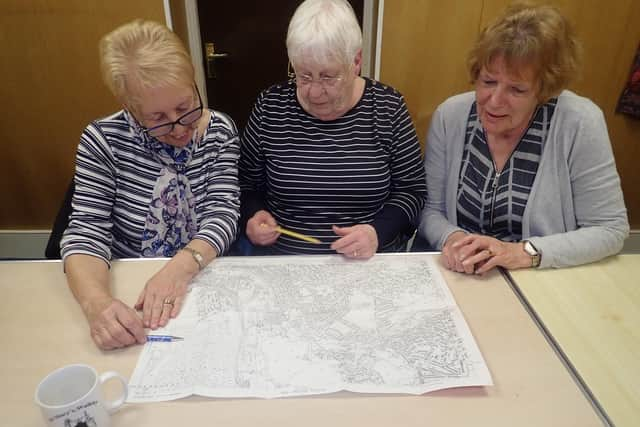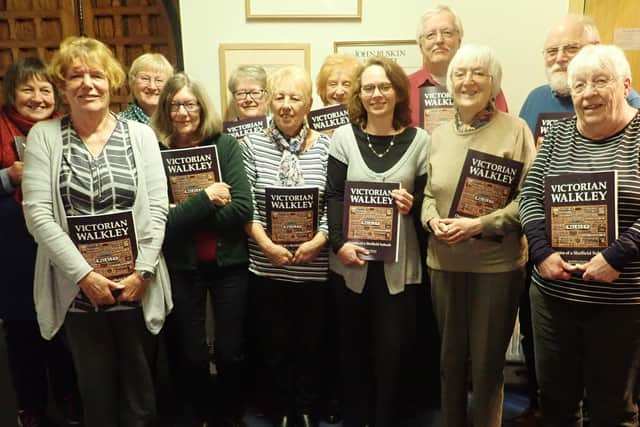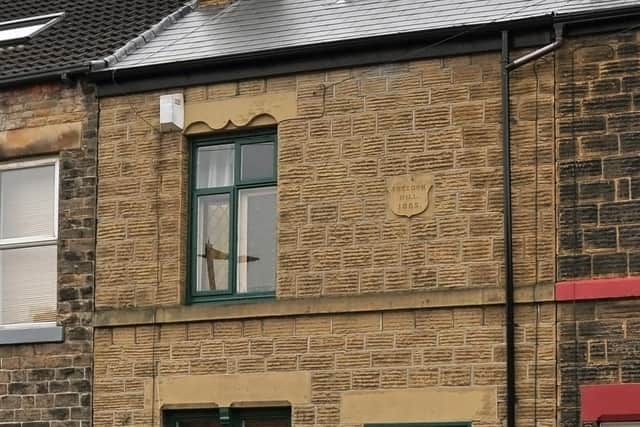New book tells history of Sheffield's Walkley suburb
and live on Freeview channel 276
Called Victorian Walkley: Origins of a Sheffield Suburb, the book was to be launched on Friday, March 20 at Walkley Community Centre on Fir Street but the event has been postponed due to Covid-19.
However, you can buy the book online if you use PayPal for the price of £10 plus £4 postage and packaging. Visit the Walkley History website for details of buying the book by cheque or using PayPal.
Advertisement
Hide AdAdvertisement
Hide AdCopies will eventually be available to buy from Beeches of Walkley, Sheffield Scene and Walkley Library, when social distancing restrictions are lifted and they are open again as normal.


The book has been a three-year labour of love for members of Walkley Historians.
They have pored over old maps, looked into archives, traced historic photographs and scoured Victorian newspapers to piece together the early history of Walkley.
The book is the first time this important part of Walkley’s history has been published in one place.
Advertisement
Hide AdAdvertisement
Hide AdWalkley rapidly changed from quiet fields and farms in 1850 to a busy, thriving garden suburb by 1900. Building work was continuous during these 50 years.


As well as thousands of houses lining a network of streets, the suburb featured churches, chapels, schools, shops and pubs.
The driving force was a new type of society that wanted working families to own their own houses.
Called Freehold Land Societies, they were formed by committees who bought land and issued mortgages for people to buy a freehold housing plot. Owning the freehold was important because only freeholders could vote at the time.


Advertisement
Hide AdAdvertisement
Hide AdThese societies increased the numbers of people who could vote and meant more working-class people became voters, helping to change politics. Walkley put Sheffield at the forefront of these social changes.
The book introduces the Freehold Land Societies and traces the history of a sample of streets and the people who lived there, then it looks at work and play, health, transport, churches, schools and pubs.
The subjects and places included reflect the interests of the historians who have researched and written the book, many having personal connections to the streets, schools and churches that are featured.
The book has been funded by Lottery Players through the National Lottery Heritage Fund and is part of the Walkley Historians’ three-year Streets of Walkley project. As well as the book, the historians have held a Victorian fair, storytelling sessions about pubs in pubs, a series of temporary exhibitions, school activities and the Walkley History Mystery whodunnit trail, which is available from Walkley Library.